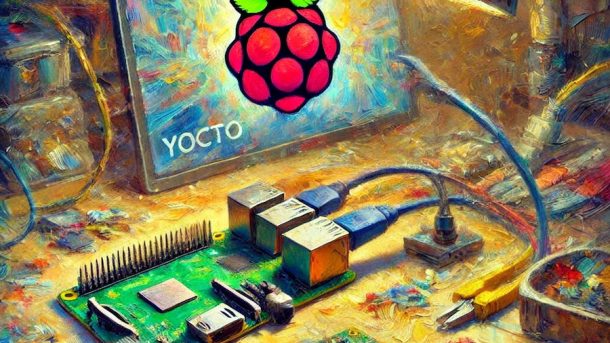FPGA, one of life’s big mysteries. Let’s combine Raspberry Pi 5 and Basys 3 boards and see how we can demonstrate communication between these two devices.
Continue reading...raspberry pi
Raspberry Pi 4, LetsTrust TPM and Yocto
Getting LetsTrust TPM module working with Yocto was fairly simple but there were a few things I learned along the way that may be worth sharing.
Continue reading...Aioli Audiostreamer: Moving the Sound
People need projects to consume their free time. I’ve lately felt that I want to actually try finishing a project (instead of just starting them)…
Continue reading...






